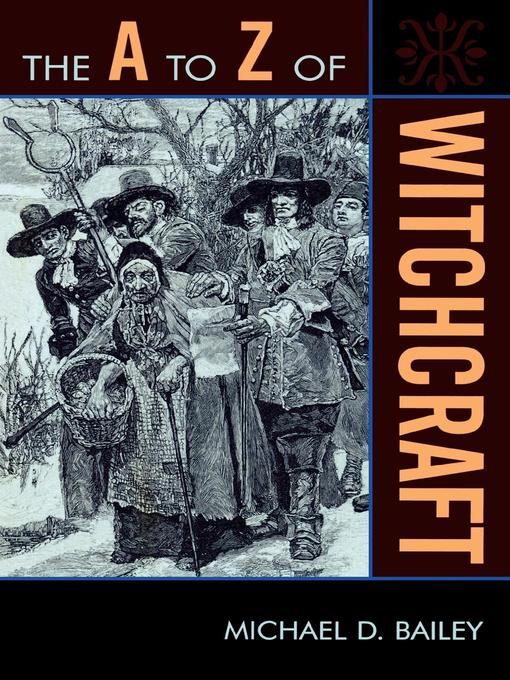-
Description
-
Details

Kindle Book
- Release date: October 5, 2012
OverDrive Read
- ISBN: 9780810870277
- Release date: October 5, 2012
EPUB ebook
- ISBN: 9780810870277
- File size: 1255 KB
- Release date: October 5, 2012
Formats
Kindle Book
OverDrive Read
EPUB ebook
subjects
Languages
English
